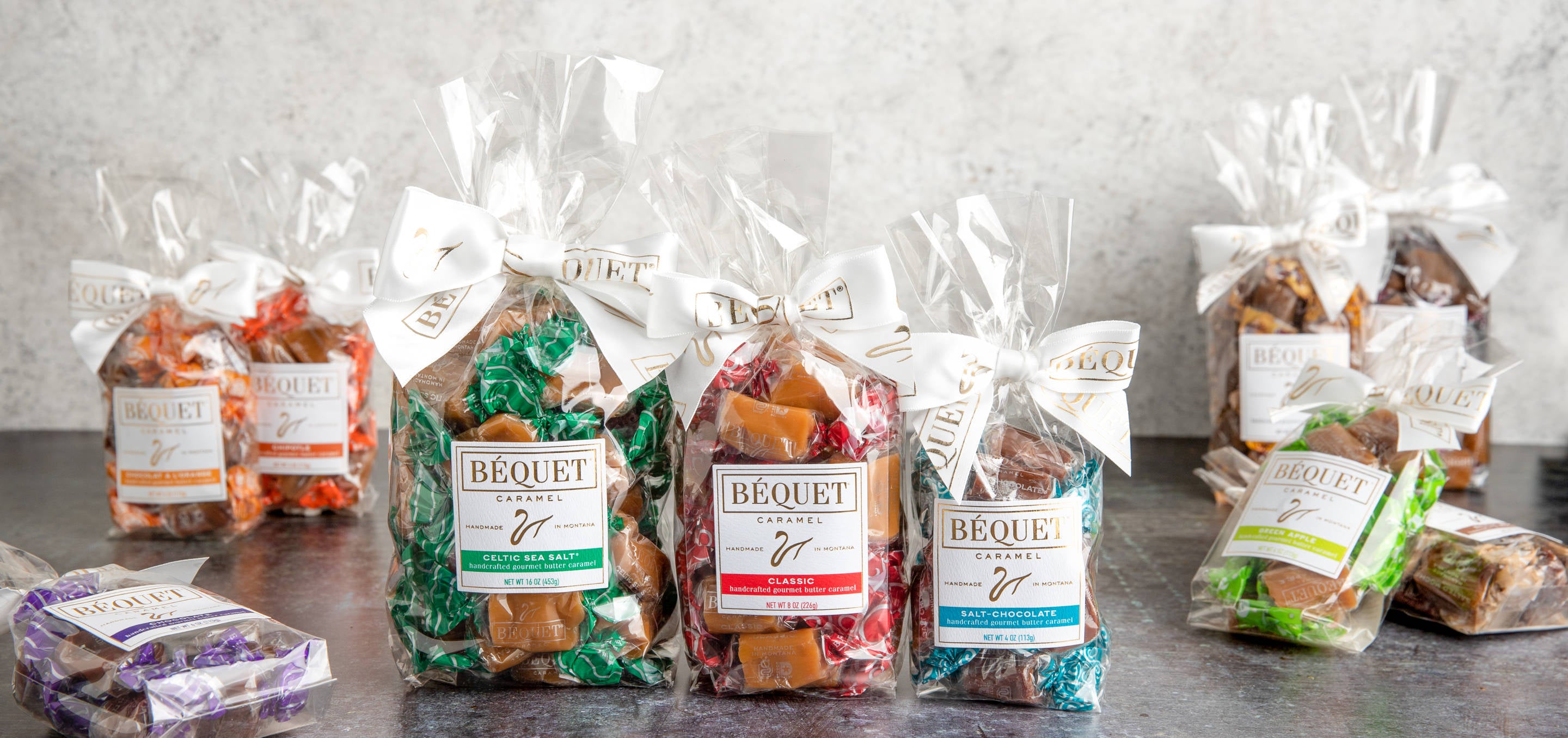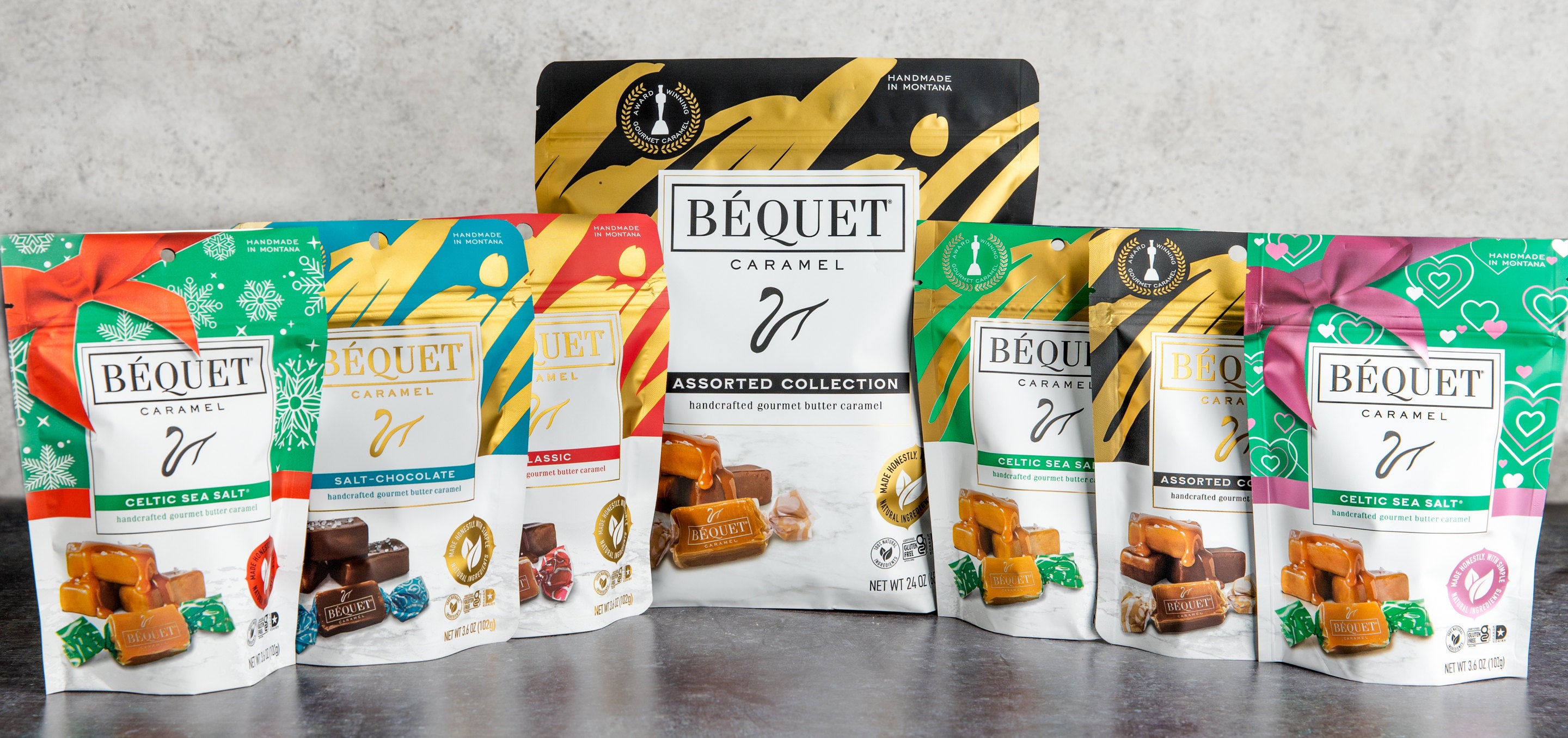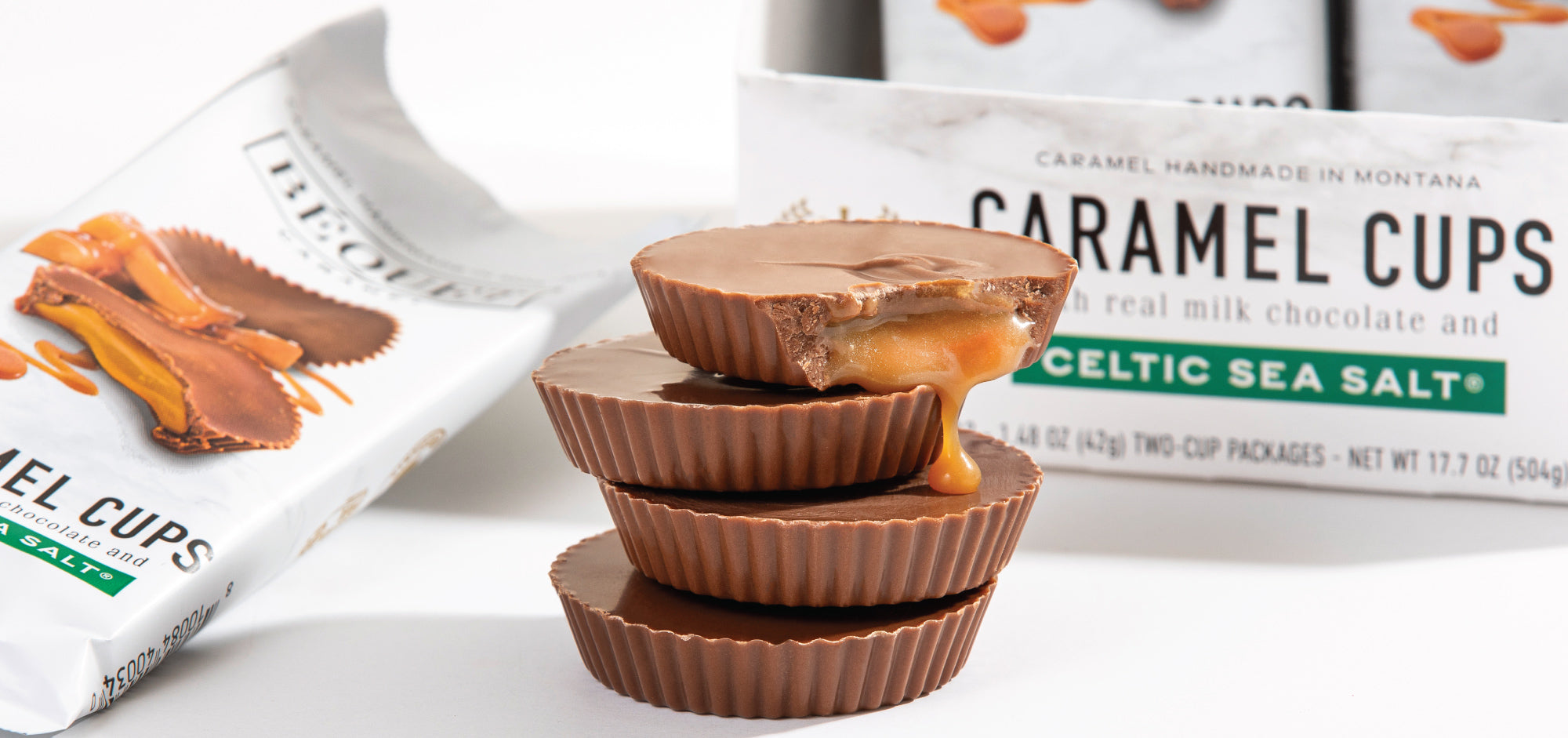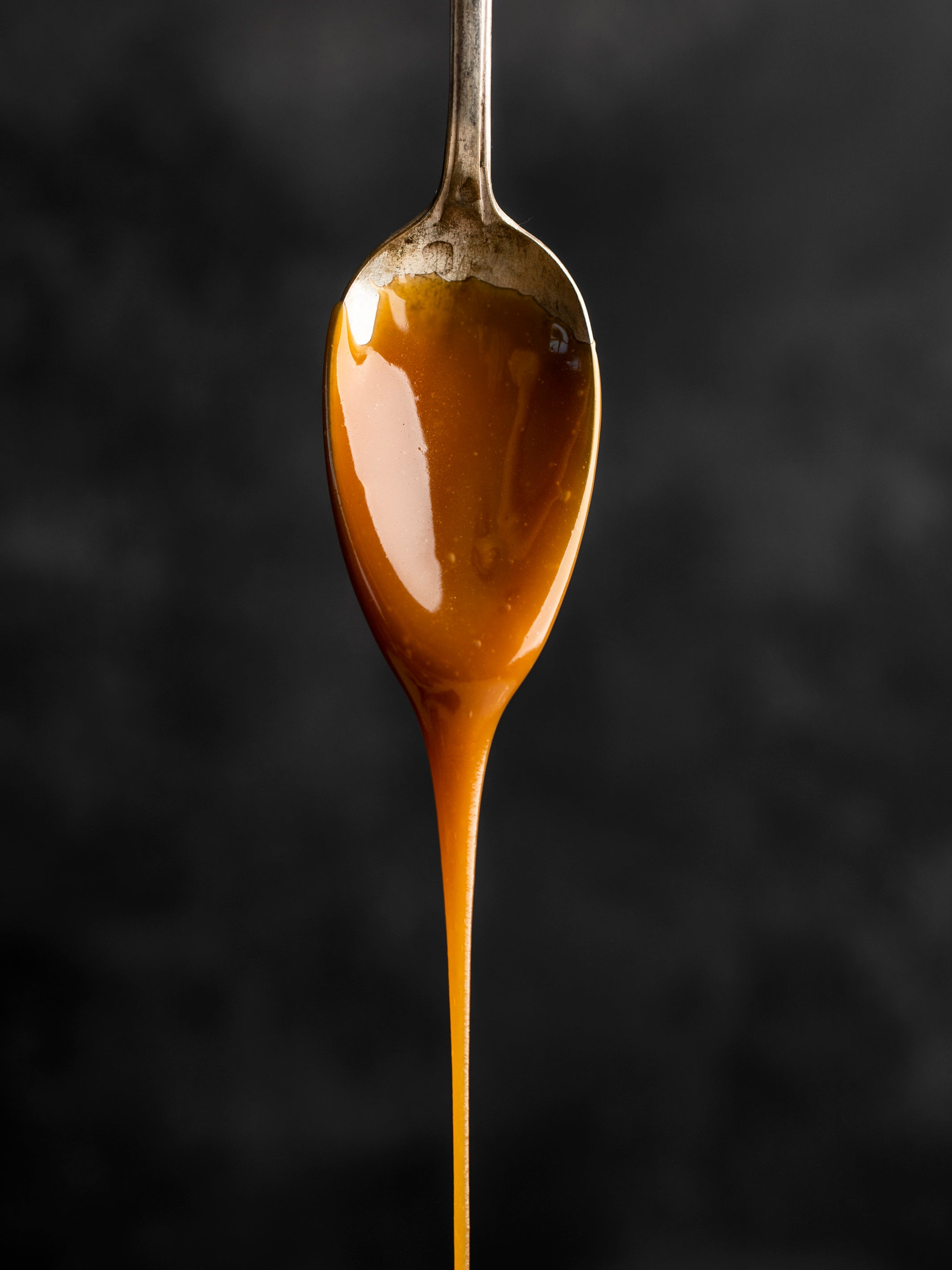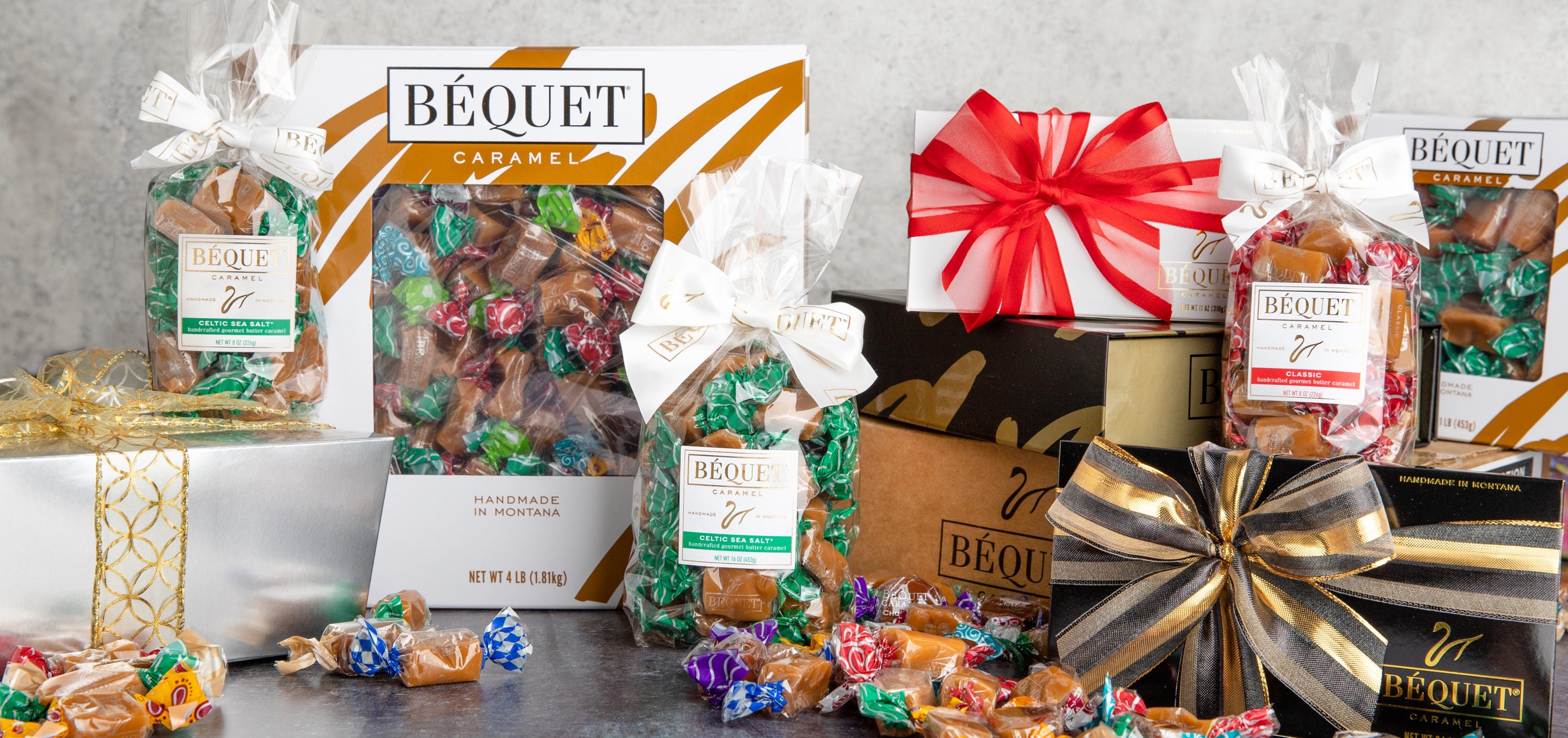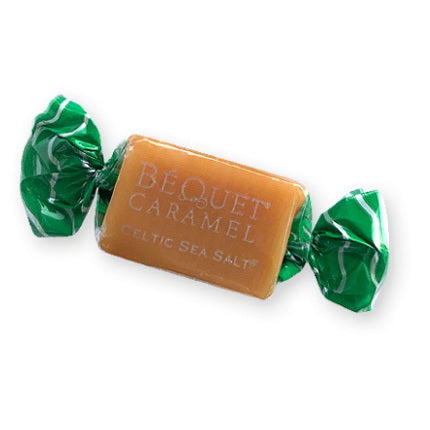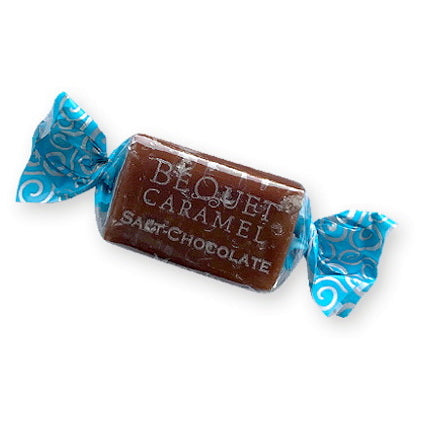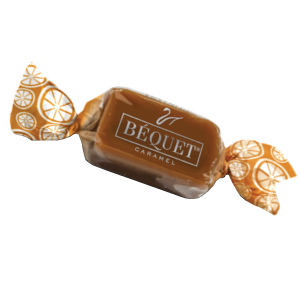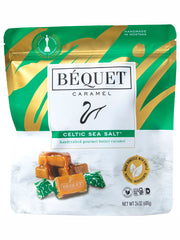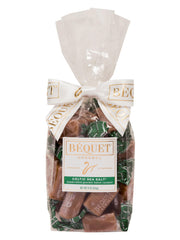Key Takeaways:
- Flavor Is In The Finish: Caramel leaves a toasted, slightly bittersweet impression, while butterscotch lingers with a buttery, dessert-like richness. Both offer a satisfying, distinct finish.
- Quality Comes From Craft: Both flavors can be mass-produced, but small-batch methods preserve texture, consistency, and depth. The difference shows up in every bite.
- There’s Room For Both: Each flavor serves a purpose, caramel for balance and versatility, butterscotch for warmth and indulgence. You don’t have to choose just one.
The words get used interchangeably, but the flavors couldn’t be more distinct. What makes one feel richer, and the other smoother? Is it about ingredients, texture, or something else entirely? You're not alone if you’ve tasted both but never reasonably known why they hit differently. There’s more beneath the sweetness; knowing the difference can change what you reach for next.
At Béquet Confections, we don’t rely on shortcuts or automated systems to get flavor right. Every caramel is made in Montana using real cream, non-GMO tapioca syrup, and antibiotic-free dairy. With a dozen national awards, our reputation is built on consistency, clean ingredients, and a product that tastes the way it should every time you unwrap it.
In this blog, we will explore the difference between caramel vs. butterscotch – how ingredients, cooking methods, and flavor profiles shape each, and how to choose the right one for your taste or gifting needs.
Why This Comparison Matters For Candy Lovers
Knowing the difference between caramel and butterscotch helps you recognize flavor, appreciate texture, and choose products more confidently. This comparison is worth your attention if you care about how sweets are made and how they taste.
- You’ll Understand What You’re Tasting: Many use the terms interchangeably, but the flavor profiles differ – knowing which sugar drives which taste can help you better understand what you enjoy and why it feels richer, smoother, or more profound on the palate.
- You’ll Choose The Right Treat For The Moment: Caramel has a light, buttery finish, while butterscotch is warm and toasted. Knowing the difference helps you pick what fits the tone or audience when choosing a gift, pairing with drinks, or building a dessert board.
- You’ll Recognize Ingredient Transparency: Not all sweets have the same quality base. At Béquet, we use brown sugar in our caramel and salted butterscotch. Knowing what’s in your treat helps you spot clean labels and avoid unnecessary fillers.
- You’ll Spot Better Craftsmanship: Good candy is about how it’s cooked. The sugar choice affects how each batch behaves at high temperatures. Our small-batch approach lets us adjust as needed, which is harder to do at a factory scale.
- You’ll Build A More Informed Palate: The more you taste intentionally, the easier it gets to pick up subtleties. Whether you prefer the clarity of caramel or the richness of butterscotch, knowing why you choose it makes your choices more satisfying.
- You’ll Shop Smarter For Gifting Or Sharing: If you're gifting or planning events, this understanding helps you guide others. Offering caramel and butterscotch lets you cover more preferences and explain the difference without guessing.
Cooking Temperatures And How They Affect Texture
Temperature control is the foundation of how caramel and butterscotch behave. We work in small batches to control these details closely because even a few degrees make a real difference.
Final Temperature
To achieve the right consistency, caramel and butterscotch are usually cooked to a higher temperature range to create a firmer, more structured result, allowing the dairy and sugar to caramelize together. That gives our classic caramel its smooth chew without stickiness or grit.
Why We Monitor Every Batch Closely
In mass production, candy is often made using automated systems that follow fixed heat cycles. Our small-batch process allows us to observe changes in colour, aroma, and texture in real time and adjust accordingly. That hands-on approach maintains consistency across caramel and salted butterscotch options, including our caramel cups, which require tighter control to balance the chocolate shell with the caramel center.
How Temperature Affects The Final Mouthfeel
Caramel and butterscotch that are cooked too low in temperature stay too soft or even runny. But push it too far, and they turn out brittle or bitter. Precision here defines how the piece melts, holds its shape, and finishes on the palate.
Texture Is Intentional, Not Accidental
We don’t aim for soft by default or firm by guesswork. We shape texture deliberately by adjusting temperature and timing batch by batch. That’s how we ensure your next bite feels the same as your last one, whether caramel, a butterscotch, or something in between.
Taste Profile: Rich vs. Sweet-Forward
Both caramel and butterscotch deliver a sweet experience, but how they get there and how they land on your palate is noticeably different. The difference isn’t subtle when you know what to look for.
Here’s how we define it in our kitchen:
Caramel: Clean, Buttery, And Balanced
Caramel made with sugar, real cream, and butter produces a round, layered flavor. There’s a smooth sweetness up front, followed by a gentle finish highlighting the dairy. We aim for balance: not too sharp, not overly rich. Our classic vanilla caramel reflects that approach, letting the base ingredients speak without any one note dominating. That clarity and consistency define our gourmet caramels, carefully crafted for a refined taste, not just sweetness.
Butterscotch: Deeper, Toasted, And Warm
Butterscotch starts with brown sugar, which brings a subtle molasses tone into the mix. It leans warmer and darker than caramel, with more of a toasted finish. The sweetness feels softer but more pronounced in its richness. Our salted butterscotch builds on that profile by layering in enough sea salt to cut through the depth without muting it.
How Brown Sugar Shapes The Overall Tone
Brown sugar brings a richness that works beautifully in both caramel and butterscotch. At Béquet Confections, we use it in all of our caramel recipes to add depth, warmth, and complexity. In caramel, brown sugar softens the edges and adds subtle molasses notes, making each bite more rounded and indulgent.
In butterscotch, that quality becomes even more pronounced, adding body, sweetness, and a distinct dessert-like comfort. The result is a more layered and satisfying flavor profile, without overshadowing the dairy, salt, or vanilla. It’s a thoughtful choice that elevates both recipes in uniquely delicious ways.
Choosing Based On Preference And Pairing
If you’re looking for something lighter to enjoy alongside coffee or fruit, caramel is the better fit. Butterscotch offers more depth to match if you pair it with dark chocolate, nuts, or even a bold tea. Both bring value to different moments; it just depends on the tone you’re after.
Which One Works Best For Pairing Or Gifting?
Caramel and butterscotch each offer their strengths in pairing and presentation. Whether setting out a tasting board or sending a gift box, knowing the role each one plays helps you get it right without second-guessing.
Caramel For Lighter Pairings And Broader Appeal
Caramel's clean, buttery profile makes it a flexible option for various pairings. It goes exceptionally well with black tea, light-roast coffee, sparkling water, and crisp white wines. The smooth texture and balanced sweetness are ideal for daytime gifting or work-friendly treats. When unsure of someone's flavor preferences, caramel is a safe choice – familiar, satisfying, and easy to enjoy in just about any setting.
Butterscotch For Richer Pairings And Evening Moments
Butterscotch leans darker and heavier in flavor, which makes it an intense match for bolder beverages and desserts. Think aged whiskey, dark roast coffee, or dense baked goods like brownies or shortbread. It feels more indulgent and works well for holiday gifting, after-dinner treats, or specialty assortments that feel more decadent.
Blended Boxes For Mixed Tastes And Versatile Gifting
If you’re gifting for a group, offering a blend of classic vanilla caramel and salted butterscotch covers more ground. Some recipients lean toward subtlety; others prefer boldness. Including both ensures no one’s left out and adds an element of choice to the gift. We offer mixed assortments with both flavors, so you don’t have to build it from scratch. For larger gatherings or team gifts, our bulk caramel is a smart, flexible option, same exceptional quality, scaled to share more easily.
There’s no wrong choice; just different tones. Caramel works well for everyday moments and broad audiences. Butterscotch suits richer pairings and seasonal or occasion-driven gifting. Matching the candy to the moment helps it land exactly how you intend.
Final Thoughts
Understanding the difference between butterscotch and caramel is about knowing what you’re tasting, how it’s made, and when each is best. While they both share a base of sugar and dairy, multiple factors set them apart. Caramel offers a clean, buttery sweetness with a slightly firmer texture. Butterscotch, on the other hand, leans deeper and warmer, made with lower heat, creating a softer, more molasses-forward finish.
With Béquet Confections, whether you lean toward the smooth clarity of our classic vanilla caramel or the toasted richness of our salted butterscotch, you’re getting the same small-batch care, clean ingredients, and trusted flavor in every piece.
Many people ask, "What is caramel made of?" or "where does caramel come from?" At Béquet Confections, the answer is rooted in tradition: every caramel is made in Montana using real cream, non-GMO tapioca syrup, and antibiotic-free dairy. With a dozen national awards, our reputation is built on consistency, clean ingredients, and a product that tastes the way it should every time you unwrap it.
Frequently Asked Questions About Butterscotch vs. Caramel
What’s the main difference between caramel and butterscotch?
Caramel and butterscotch differ in the flavors they deliver. Butterscotch is cooked more gently, creating a softer texture and a warmer, buttery flavor with rich dessert-like notes.
Do you make both caramel and butterscotch candies?
Yes, we offer both flavors. Our classic vanilla caramel is smooth and balanced. Our salted butterscotch delivers a more decadent, molasses-like flavor. Each is made in small batches using clean ingredients and carefully monitored for consistency.
Which one pairs better with coffee or tea?
Caramel pairs well with light-to-medium-roast coffee or black tea. Butterscotch complements stronger flavors like dark roast coffee or spiced chai. The best pairing depends on how bold or mellow you want your overall flavor experience.
Are your caramels gluten-free?
Yes. All of our caramel and butterscotch varieties are gluten-free. We don’t use wheat-based ingredients or fillers; every batch is made with non-GMO tapioca syrup and antibiotic-free dairy for a clean, trustworthy finish.
Can I include both flavors in one gift box?
You can. Our mixed assortments let you combine caramel, butterscotch, and chocolate-coated options in one box. It’s a simple way to offer variety when gifting or to sample different profiles without choosing just one.
How should I store your caramel and butterscotch?
Keep them in a cool, dry space away from sunlight and moisture. We recommend a room temperature of around 60°F to 70°F. Refrigerating is unnecessary unless you’re trying to extend freshness, and resealing after opening helps preserve texture and freshness.
